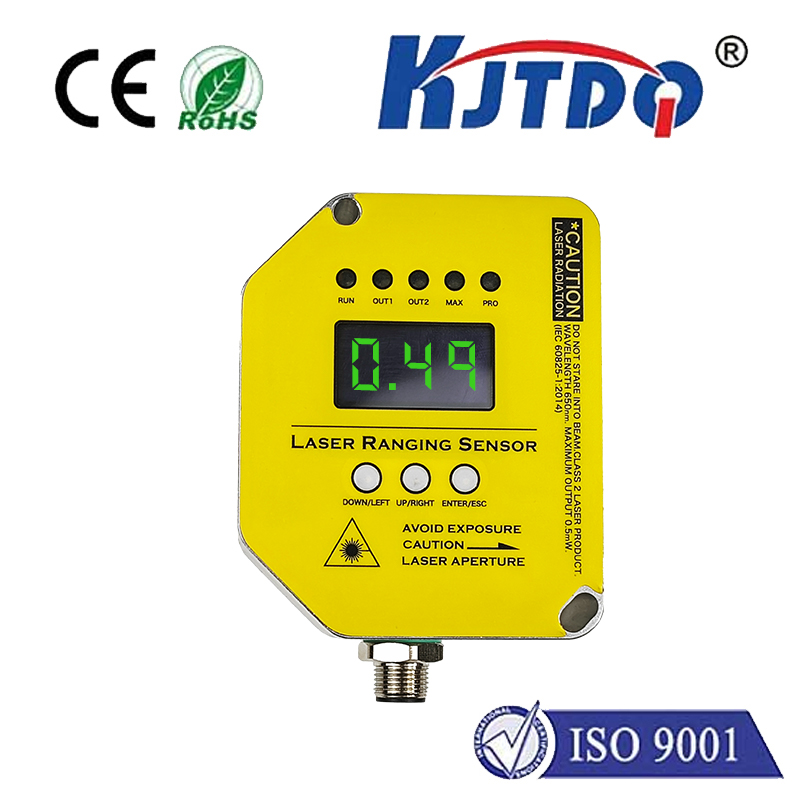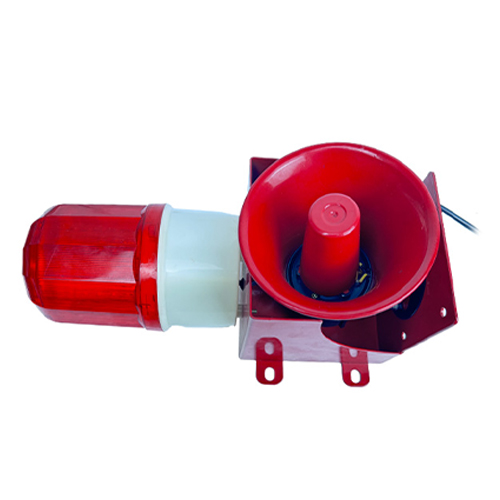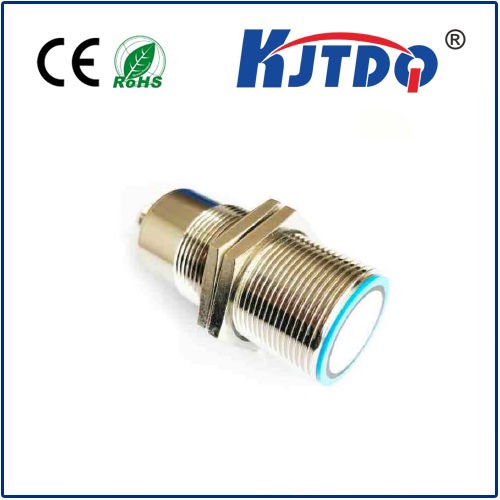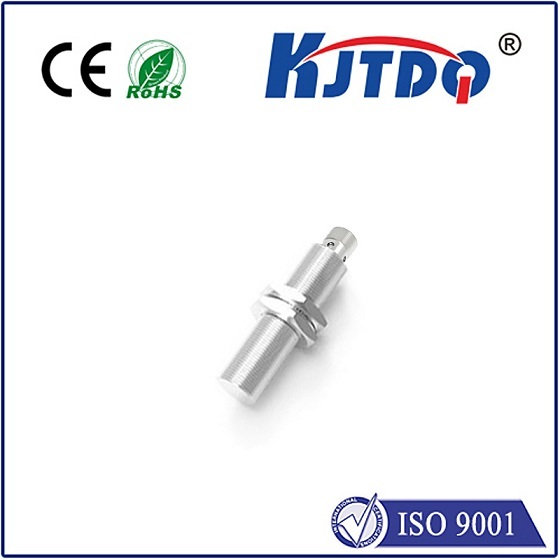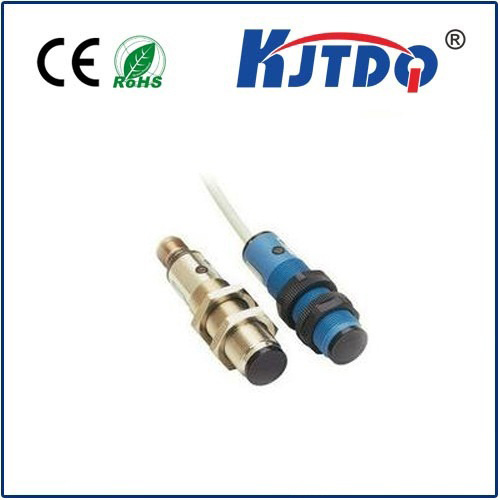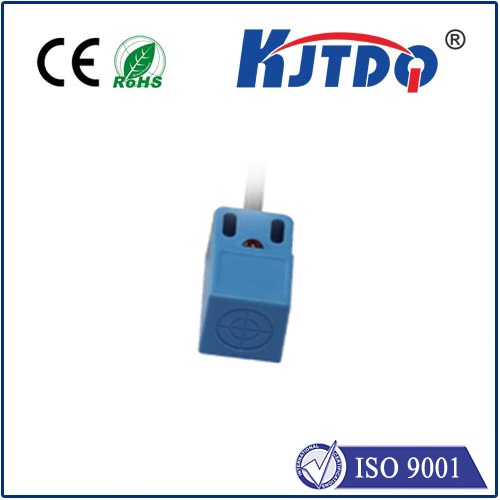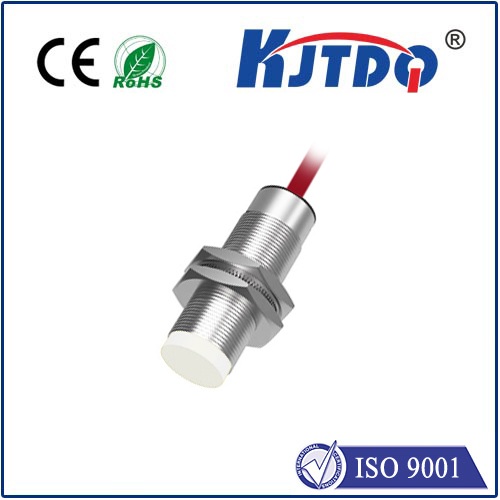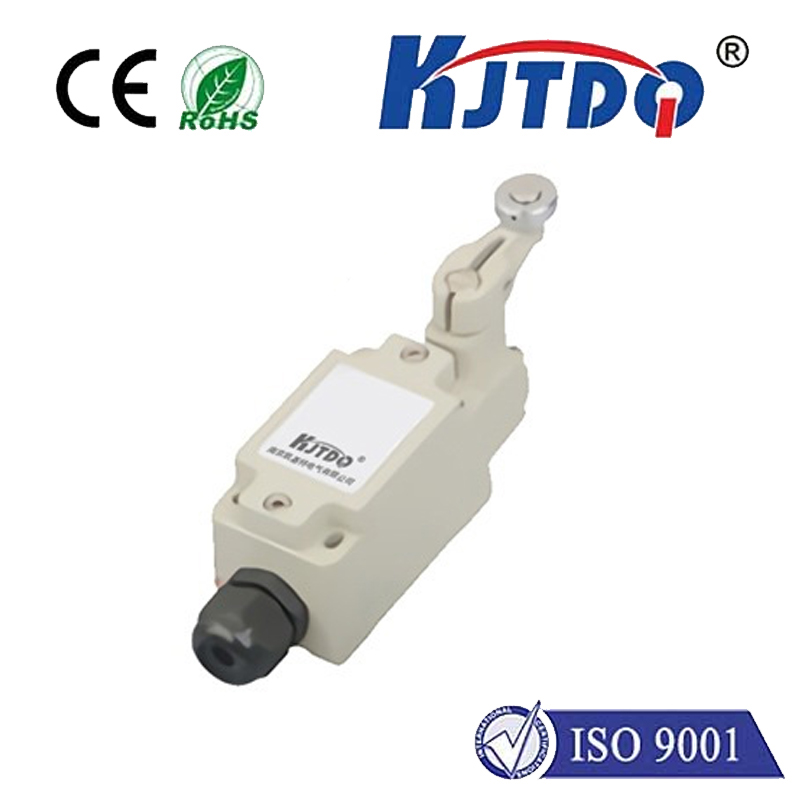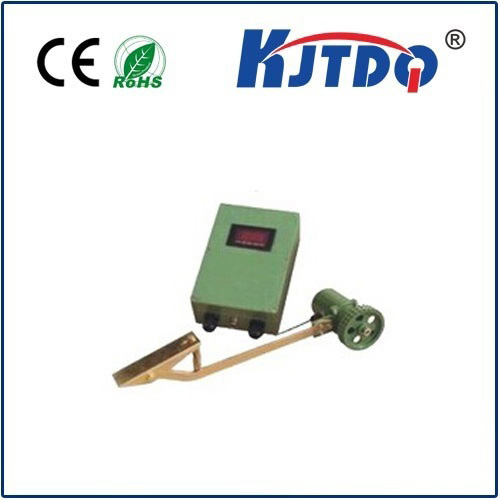iot temperature monitoring
- time:2025-08-22 00:11:00
- Click:0
Unlocking Efficiency and Control: How IoT Temperature Monitoring Transforms Industries
Picture this: a critical shipment of life-saving vaccines arrives at a remote clinic. Relief turns to dread upon discovering the storage unit failed hours ago, spoiling the entire batch. Or imagine stepping into your restaurant’s walk-in freezer to find thousands of dollars worth of produce ruined by a thermostat malfunction unnoticed all weekend. For industries reliant on precise temperature control – from pharmaceuticals and food & beverage to manufacturing and agriculture – such scenarios represent catastrophic losses, compliance failures, and immense risk. This is the high-stakes reality where traditional temperature monitoring falls fatally short. Enter IoT Temperature Monitoring: a game-changing convergence of sensors, connectivity, and data intelligence rapidly becoming the indispensable guardian angel for sensitive environments.
The Critical Flaws of Traditional Methods
For decades, manual checks with thermometers or basic chart recorders were the norm. Staff would periodically log temperatures, hoping to catch deviations. The problems inherent in this approach are glaring:
- Reactive, Not Proactive: Problems are often discovered too late – after spoilage or damage has occurred.
- Human Error & Gaps: Manual checks are prone to mistakes, missed readings, and gaps during nights, weekends, or holidays. Fatigue leads to oversight.
- Limited Visibility: Data points are infrequent and isolated, providing no real-time insight or trend analysis across different zones or over extended periods.
- Scalability Nightmare: Monitoring dozens or hundreds of points manually becomes logistically impossible and cost-prohibitive.
- Compliance Burden: Proving consistent adherence to strict regulations (like HACCP, FDA CFR Part 11, or GDP) with paper logs is cumbersome and unreliable.
IoT Temperature Monitoring: The Intelligent Solution

IoT (Internet of Things) solves these challenges by deploying networks of wireless sensors that constantly measure temperature (and often humidity/pressure/etc.). These sensors transmit data, in real-time, via gateways using protocols like Wi-Fi, Cellular (4G/5G, NB-IoT, LTE-M), or LoRaWAN to a secure cloud platform. This creates a continuous, automated stream of environmental data accessible anytime, anywhere.
The Transformative Benefits: Beyond Simple Alerts
The power of IoT temperature monitoring lies not just in data collection, but in its intelligent application:
- Continuous Real-Time Monitoring & Instantaneous Alerts: Critical temperature deviations trigger immediate notifications via SMS, email, or app alerts, allowing personnel to intervene before product loss. Knowing the exact moment a threshold is breached is invaluable. This ensures uninterrupted monitoring 24⁄7.
- Unparalleled Data Visibility & Insights: Comprehensive dashboards display current conditions, historical trends, and location-specific data across all monitored assets. Identify hotspots, inefficient equipment, or patterns indicating potential failures.
- Predictive Maintenance: Analyze data trends to predict equipment failures (like a failing compressor) before they cause a temperature excursion, reducing downtime and costly emergency repairs. Predictive maintenance saves significant resources.
- Enhanced Quality Assurance & Compliance: Automated, tamper-proof digital logs provide irrefutable proof of adherence to regulatory requirements. Generate audit-ready reports effortlessly, ensuring regulatory compliance and building trust.
- Significant Cost Savings: Drastically reduce losses due to spoilage. Optimize energy consumption by identifying inefficiencies in cooling systems. Lower maintenance costs through predictive insights.
- Improved Operational Efficiency: Free staff from manual checks for higher-value tasks. Make informed decisions based on comprehensive environmental data. Ensure consistent product quality and safety. Improve operational efficiency across the board.
- Scalability & Flexibility: Easily add or relocate sensors as needs change. Monitor remote or hard-to-access locations with wireless ease. Cloud-based platforms allow scaling effortlessly.
Real-World Applications: Where IoT Temperature Shines
This technology delivers value across a vast spectrum of industries:
- Cold Chain Logistics: Monitor refrigerated trucks, shipping containers, and warehouses throughout transit and storage, guaranteeing the integrity of perishable goods, pharmaceuticals, and sensitive chemicals. Ensure cold chain integrity from origin to destination.
- Food & Beverage: Safeguard food safety in restaurants, supermarkets, processing plants, breweries, and wineries – monitoring cold storage, cooking processes, hot holding, and pasteurization.
- Pharmaceuticals & Healthcare: Maintain critical conditions for drug storage (labs, pharmacies, hospitals), vaccine viability, blood banks, tissue samples, and research materials, ensuring patient safety and regulatory compliance (GxP).
- Manufacturing & Industrial: Control temperatures for sensitive processes like chemical reactions, semiconductor fabrication, material curing, and equipment rooms to ensure product quality and machine longevity. Predictive maintenance prevents costly production halts.
- Agriculture: Monitor greenhouse environments, storage silos, livestock barns, and mushroom farms to optimize growth conditions and prevent spoilage.
- Data Centers: Prevent costly hardware failures and downtime by meticulously tracking temperature and humidity in server racks and cooling systems.
- Facilities Management: Monitor HVAC performance, boiler rooms, and critical building environments for occupant comfort and energy efficiency.
Implementing an IoT Temperature Monitoring System: Key Considerations
Choosing the right solution involves evaluating your specific needs:
- Sensor Types & Accuracy: Select sensors appropriate for the environment (industrial vs. food-grade), required measurement range, and necessary precision. Consider probes for immersion vs. ambient sensors.
- Connectivity: Evaluate site infrastructure (Wi-Fi coverage) versus the need for dedicated low-power cellular (NB-IoT, LTE-M) or LoRaWAN networks for wide area or deep indoor coverage. Robust connectivity is non-negotiable.
- Battery Life & Power: Wireless sensors rely on batteries; prioritize long-life options or consider powered sensors where feasible. Battery management is crucial for uninterrupted monitoring.
- Cloud Platform & Software: Choose an intuitive, secure platform offering real-time dashboards, configurable alerts, robust reporting, data analytics, and easy integration capabilities. Ensure it meets your compliance needs. User-friendly software drives adoption.
- Scalability & Management: Ensure the system can grow with your needs and offers tools for easy sensor onboarding and management.
- Security: Prioritize solutions with strong encryption (data in transit and at rest), secure authentication, and regular security updates.
Embracing the Future of Environmental Control
The silent vigilance of IoT temperature monitoring systems represents more than just technological advancement; it signifies a fundamental shift towards proactive asset protection, guaranteed quality, unwavering compliance, and significant operational efficiency gains. By harnessing the power of real-time monitoring, intelligent data analytics, and predictive maintenance, businesses across critical sectors are mitigating risk, protecting valuable assets, and building resilient, data-driven operations. The question is no longer if this technology is necessary, but how swiftly organizations can implement it to safeguard their future.






